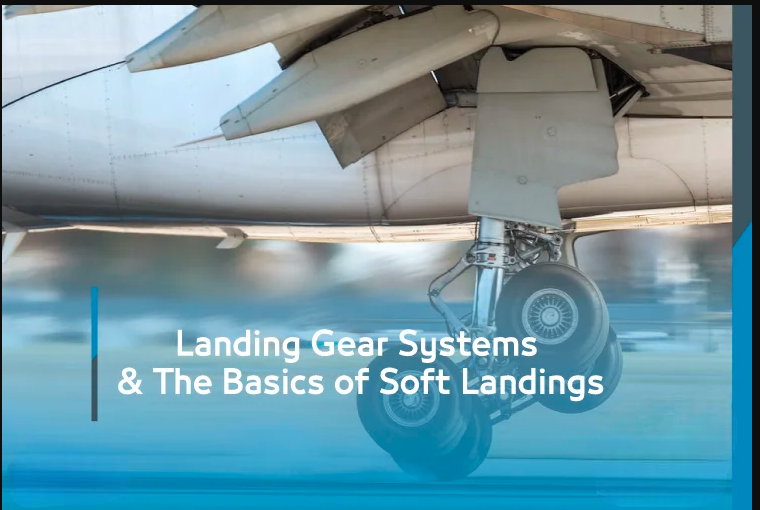The landing gear system is a critical component of aircraft design, directly impacting both safety and operational efficiency. It enables safe takeoff, landing, and ground maneuvering while supporting the aircraft’s weight and absorbing forces during ground operations.
Importance of Landing Gear Systems
1. Ensures Safe Takeoff and Landing
- Role: Provides structural support during high-stress events such as landing and takeoff.
- Safety Contribution:
- Absorbs impact forces using shock absorbers (oleo struts) to prevent damage to the airframe.
- Ensures stability and control on touchdown, even in challenging conditions like crosswinds.
2. Supports Aircraft Weight
- Role: Distributes the weight of the aircraft on the ground.
- Safety Contribution:
- Prevents structural overload during ground operations, such as taxiing or loading cargo.
- Durable materials ensure performance under varying loads and environmental conditions.
3. Enables Ground Maneuverability
- Role: Allows controlled movement of the aircraft on the ground.
- Efficiency Contribution:
- Nosewheel steering systems enable precise navigation on runways and taxiways.
- Retractable gear minimizes drag during flight while being fully operational on the ground.
4. Enhances Aerodynamic Efficiency
- Role: Retractable landing gear reduces drag during flight.
- Efficiency Contribution:
- Improves fuel efficiency and performance by minimizing resistance.
- Sleek designs integrate the gear into the airframe when not in use.
5. Handles Various Ground Surfaces
- Role: Adapted designs cater to diverse operating environments.
- Safety Contribution:
- Reinforced landing gear for rough terrain (e.g., bush planes or military aircraft).
- Specialized systems like skids for helicopters or floats for seaplanes.
6. Prevents Structural Damage
- Role: Protects the fuselage and wings from ground impact during landing.
- Safety Contribution:
- Reduces the risk of structural deformation or collapse, particularly during hard or emergency landings.
7. Emergency Preparedness
- Role: Backup systems ensure functionality even in case of failure.
- Safety Contribution:
- Manual or hydraulic emergency extensions ensure safe landing in case of primary system malfunctions.
Key Components of Landing Gear Systems
- Shock Absorbers: Dissipate impact energy during landing.
- Wheels and Tires: Provide traction and withstand wear.
- Brakes: Ensure controlled deceleration on the runway.
- Steering Mechanisms: Enable precise taxiing.
- Retraction Systems: Allow gear to retract for aerodynamic performance.
Challenges and Innovations
- Challenges:
- Weight: Landing gear must be strong yet lightweight to avoid impacting overall performance.
- Maintenance: Frequent inspections and repairs are required to ensure reliability.
- High Loads: Must handle extreme forces during hard landings or emergencies.
- Innovations:
- Carbon Brakes: Lightweight and heat-resistant for better stopping power.
- Advanced Materials: Titanium and composites reduce weight without compromising strength.
- Smart Sensors: Monitor gear performance for predictive maintenance.













